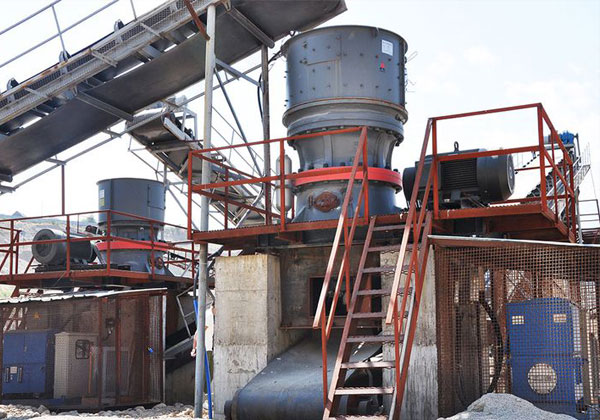In the mining industry, efficient crushing equipment is vital for the processing of raw materials. Among various types of crushers, the cone crusher is widely used due to its high productivity, durability, and ability to produce fine, well-shaped aggregates. This article explores the role, features, and applications of cone crushers in mining operations.
What is a Cone Crusher?
A cone crusher is a type of crushing machine designed to reduce the size of rocks and ores by squeezing them between a rotating cone and a fixed outer shell (concave). It operates with a crushing head that gyrates in an eccentric motion inside a stationary bowl liner, crushing materials through compression and shear forces.
Key Components of a Cone Crusher
-
Mantle: The moving part that gyrates inside the crusher to crush materials.
-
Concave (bowl liner): The fixed outer ring where material is crushed.
-
Eccentric shaft: Drives the gyratory movement of the mantle.
-
Hydraulic system: Controls adjustments and overload protection.
-
Feed opening: Where raw material is introduced.
How Does a Cone Crusher Work?
Material is fed into the top of the crusher, where it is crushed between the mantle and the concave by the eccentric gyrating motion of the mantle. The crushed material then exits through the bottom discharge opening, with the size controlled by the crusher’s settings.

Advantages of Cone Crushers in Mining
-
High Crushing Efficiency: Capable of producing uniform, cubical products with high throughput.
-
Versatility: Suitable for crushing a wide range of ore types, including hard and abrasive minerals like iron ore, copper ore, and limestone.
-
Durability and Longevity: Designed with robust materials to withstand harsh mining environments.
-
Adjustability: Hydraulic and mechanical adjustments allow precise control of output size.
-
Low Operating Cost: Compared to other crushers, cone crushers typically require less maintenance and energy consumption.
Applications in Mining
Cone crushers are extensively used in various mining stages:
-
Primary Crushing: Often combined with jaw crushers to handle large feed sizes.
-
Secondary and Tertiary Crushing: For further size reduction to produce fine aggregates for mineral processing.
-
Aggregate Production: Used in quarrying to produce crushed stone for construction and infrastructure projects.
Selecting the Right Cone Crusher for Mining
When choosing a cone crusher, miners consider factors such as:
-
Feed Size and Capacity: The size of the raw material and desired output capacity.
-
Ore Hardness: Some crushers are better suited for very hard materials.
-
Product Size Requirements: The fineness or coarseness of the output product.
-
Operational Environment: Conditions such as dust, moisture, and temperature.
As the demand for high-quality mineral products grows, mining operations require equipment that delivers both performance and efficiency. The cone crusher meets these demands with its powerful crushing capability, automated features, and adaptability to different mining environments. Whether for large-scale mining projects or medium operations, cone crushers are a critical part of the mining equipment lineup, ensuring productivity and profitability in a competitive industry.
Would you like me to help you add more technical details, include specific models, or focus on a particular mineral?
